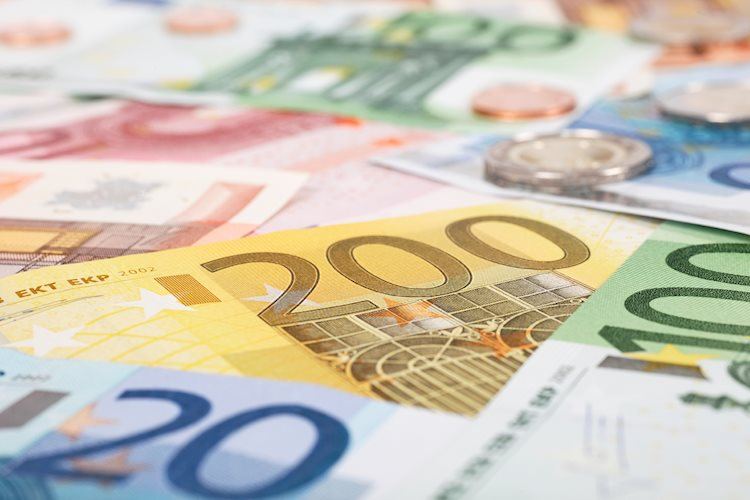- EUR/USD weakens to around 1.0850 in Thursday’s Asian session.
- Traders expect that the Fed will proceed with modest interest rate cuts over the next year.
- The ECB is widely expected to cut interest rates at its October meeting on Thursday.
The EUR/USD pair extends its decline to near 1.0850 during the early Asian session on Thursday. The further upside of the Greenback exerts some selling pressure on the major pair. Investors will closely monitor the European Central Bank (ECB) monetary policy meeting, which is expected to lower interest rates again on Thursday.
The Federal Open Market Committee (FOMC) at its September meeting took the unusual step of lowering its benchmark interest rate by a half percentage point to a target range of 4.75% to 5.00%. However, investors now anticipate that the Federal Reserve (Fed) will proceed with modest interest rate cuts over the next year, which underpin the Greenback broadly.
Fed Governor Christopher Waller said on Monday that future interest rate cuts will be less aggressive than the large move in September, as he is concerned that the economy could still be running at a hotter-than-expected pace. Later on Thursday, investors will take more cues from the US Retail Sales data, which is expected to rise from 0.1% in August to 0.3% in September.
Across the pond, the ECB is likely to deliver its third interest rate cut of the year at its October meeting, and money markets almost fully price in three further rate reductions through March 2025. ECB President Christine Lagarde said last month that the latest developments had strengthened the ECB’s confidence that inflation will return to target in a timely manner and said this would be taken into account in October. The dovish comments from the ECB policymakers and softer-than-expected inflation from the Eurozone might weigh on the Euro (EUR) against the US Dollar (USD).
Euro FAQs
The Euro is the currency for the 19 European Union countries that belong to the Eurozone. It is the second most heavily traded currency in the world behind the US Dollar. In 2022, it accounted for 31% of all foreign exchange transactions, with an average daily turnover of over $2.2 trillion a day. EUR/USD is the most heavily traded currency pair in the world, accounting for an estimated 30% off all transactions, followed by EUR/JPY (4%), EUR/GBP (3%) and EUR/AUD (2%).
The European Central Bank (ECB) in Frankfurt, Germany, is the reserve bank for the Eurozone. The ECB sets interest rates and manages monetary policy. The ECB’s primary mandate is to maintain price stability, which means either controlling inflation or stimulating growth. Its primary tool is the raising or lowering of interest rates. Relatively high interest rates – or the expectation of higher rates – will usually benefit the Euro and vice versa. The ECB Governing Council makes monetary policy decisions at meetings held eight times a year. Decisions are made by heads of the Eurozone national banks and six permanent members, including the President of the ECB, Christine Lagarde.
Eurozone inflation data, measured by the Harmonized Index of Consumer Prices (HICP), is an important econometric for the Euro. If inflation rises more than expected, especially if above the ECB’s 2% target, it obliges the ECB to raise interest rates to bring it back under control. Relatively high interest rates compared to its counterparts will usually benefit the Euro, as it makes the region more attractive as a place for global investors to park their money.
Data releases gauge the health of the economy and can impact on the Euro. Indicators such as GDP, Manufacturing and Services PMIs, employment, and consumer sentiment surveys can all influence the direction of the single currency. A strong economy is good for the Euro. Not only does it attract more foreign investment but it may encourage the ECB to put up interest rates, which will directly strengthen the Euro. Otherwise, if economic data is weak, the Euro is likely to fall. Economic data for the four largest economies in the euro area (Germany, France, Italy and Spain) are especially significant, as they account for 75% of the Eurozone’s economy.
Another significant data release for the Euro is the Trade Balance. This indicator measures the difference between what a country earns from its exports and what it spends on imports over a given period. If a country produces highly sought after exports then its currency will gain in value purely from the extra demand created from foreign buyers seeking to purchase these goods. Therefore, a positive net Trade Balance strengthens a currency and vice versa for a negative balance.
Read the full article here

